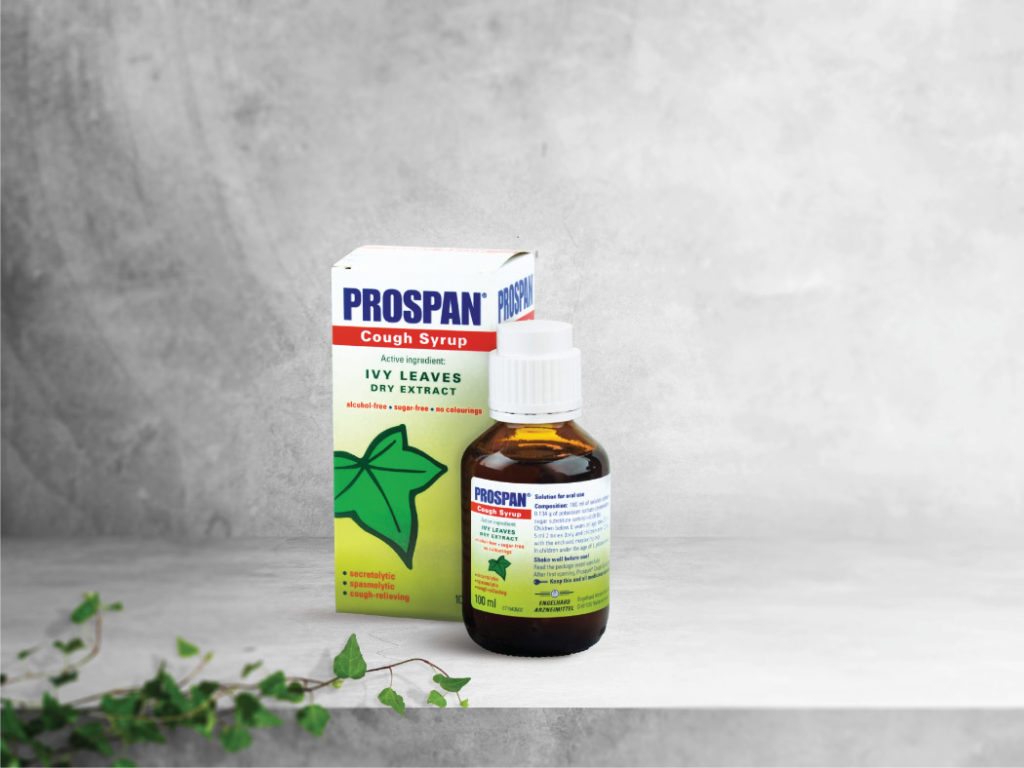Lung conditions in the workplace, or occupational lung disease, is dependent on the nature of the workplace, its location, and the environment.
If you are experiencing persistent symptoms like coughing, wheezing, and shortness of breath, then it is possible that you may be suffering from the common symptoms of lung disease related to the type of work that you do. Breathing problems and lung conditions can occur with jobs that require long-term exposure to certain irritants. These effects may or may not be immediate, but they can last even after a long time of not being exposed to these irritants.
Working in a factory, a garage, or in plumbing, for instance, may sometimes include being exposed to fumes and chemicals, or dust and hazardous materials. Furthermore, particles in the air from sources like factories, smokestacks, exhaust, fires, mining, construction, and agriculture may lead to lung problems and diseases. These diseases can last a lifetime when left untreated.
What causes lung conditions in the workplace?
In most cases, the risk is high for lung conditions due to the inadequate regulations or inadequate enforcement of regulations to keep the workplace and workers safe. This is not limited to the industrial field only. In fact, exposure levels are just as high for people working in non-industrial indoor environments, such as schools, and hospitals. Almost anyone who works outside their own home can develop some type of work-related lung disease.
What are the common types of work-related lung diseases?
- Asthma
- Chronic obstructive pulmonary disease (COPD)
- Interstitial or fibrotic lung diseases
- Hypersensitivity pneumonitis
- Lung cancer
- Lung infections
- Airway destruction
How do you know if you have a work-related lung disease?
It is possible to have a work-related lung disease if you have been previously diagnosed with lung diseases such as asthma, chronic obstructive pulmonary disease (COPD), interstitial lung disease or lung cancer, or if you have suffered from recurrent symptoms such as cough, wheezing or shortness of breath while on the job.
A number of precautionary actions can be taken to prevent lung diseases in the workplace. The first and most important course of action is reducing and eliminating exposures to toxic and hazardous substances that may be causing or aggravating the disease.
Other steps include:
Treatment of work-related lung diseases:
Treatment always depends on the type and severity of the lung disease. Always consult a doctor for proper diagnosis and treatment. In most cases, your healthcare professional will aim to prevent any further exposure to irritants and manage your symptoms to prevent more lung scarring, as well as implementing a healthy lifestyle to help you stay healthy and active.











